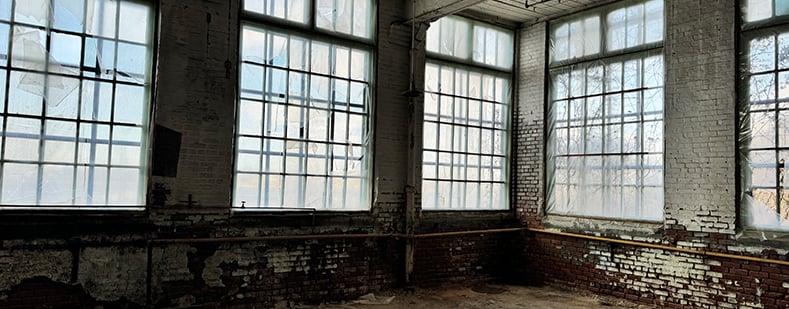Many buildings built or last renovated prior to 1978 have a high chance of containing lead-based paint. Constructed in the 19th and early 20th century, mill buildings are no exception. Now vacated and scheduled for redevelopment, lead paint is a common find in pre-project surveys. In most cases, the lead paint needs to be removed altogether, especially if the mill buildings are going to be turned into residential or mixed-use spaces. While this may involve higher upfront costs, the long-term benefits are often worth it, removing the problem once and for all.
Read more >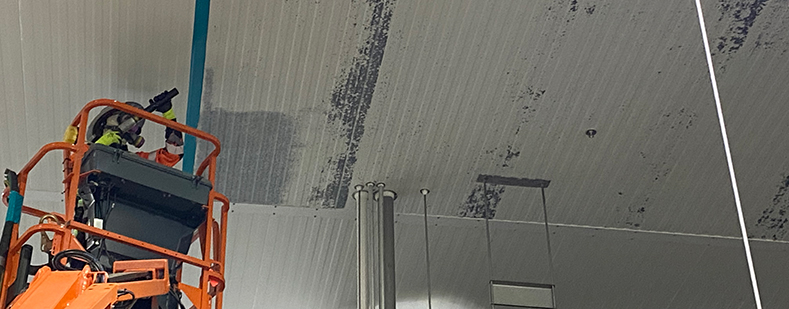
Regular maintenance is critical for keeping industrial plants and facilities operational and productive. Over time, equipment, ceilings, and other surfaces can see soot and grease build up and coatings fail, potentially compromising operations, reducing efficiency, and has the potential to impact worker safety. In order to tackle these challenges, many facility owners are adding Sponge Blasting to properly clean and prep surfaces with minimal operational disruptions or unnecessary shutdowns.
Read more >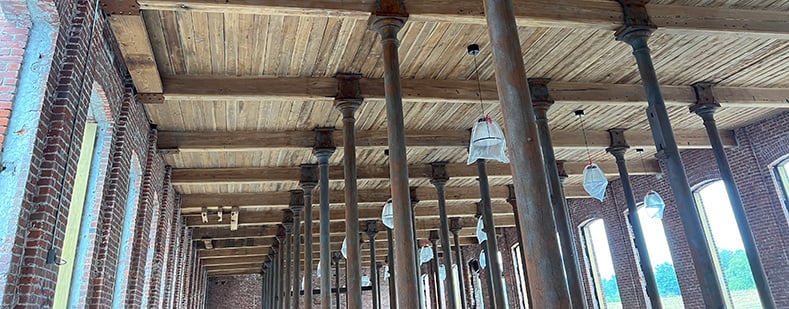
In the world of surface preparation products, where there are many abrasives to choose from, Sponge Media continues to stand out as an innovative solution versus other abrasives. Versatility is a core benefit of the Sponge-Jet system. With over 20 different kinds of Sponge Media™ and the ability to regulate media feed and blast pressure on Feed Units, most results required contractors, architects, and preservationists are achievable across many different substrates.
Read more >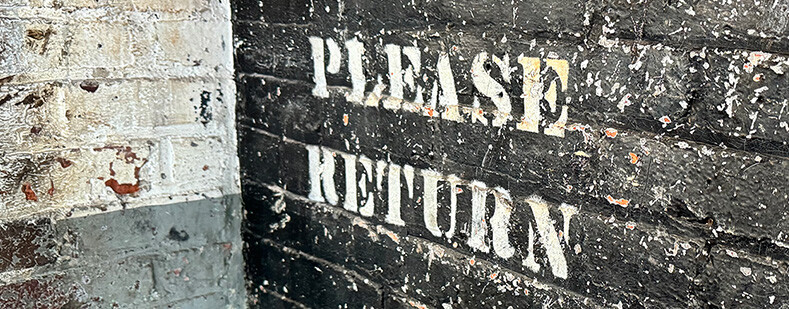
In the United States, Mill buildings have been community cornerstones since the 1800s. During the North American Industrial Revolution, thousands of mill buildings were constructed to allow for faster production of textiles and other goods. These high-producing areas, known informally as Mill Towns, suffered greatly in the late 20th century, leaving many of these former factories abandoned.
Read more >
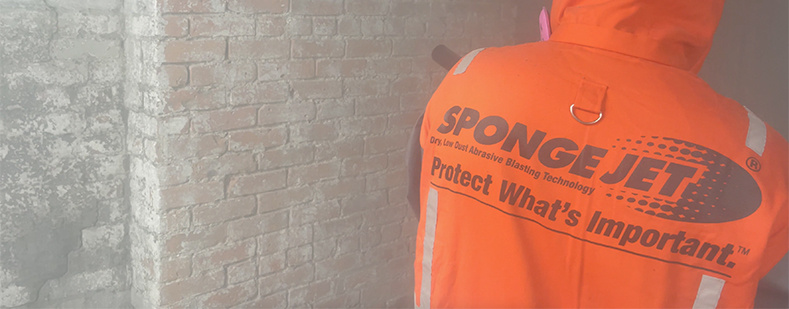
Jobs that are characterized as "abatement projects" typically involve the removal of hazardous materials from the surface. These types of projects are often found in places like industrial shipyards, factories, tanks, water treatment plants, mill buildings, and generally any building or structure built before 1980.
Read more >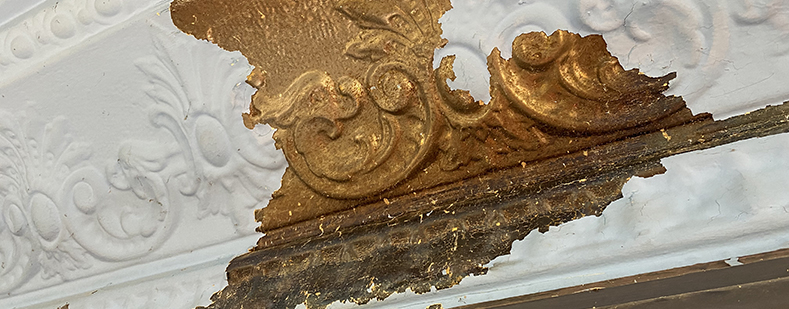
Tin ceilings are a popular decorative element in buildings, particularly in older structures. However, restoring a tin ceiling requires careful consideration and attention to detail. These ceilings are typically constructed of thin, delicate metal and can be easily damaged accidentally. Contractors that specialize in restoration should be consulted prior to the beginning of a tin ceiling restoration project.
Read more >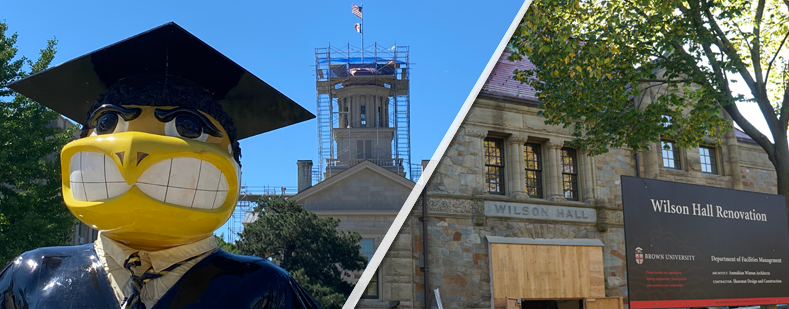
In the USA, some college and university campuses were founded 400 years ago, while globally some universities have been operating for nearly a millennia. Often, these institutions' most recognizable features are the unique visual characteristics of the campus' architecture. Whether these renowned structures are well-preserved originals or renovated within the last 100 years, periodic restoration, renovation, or maintenance projects are essential.
Read more >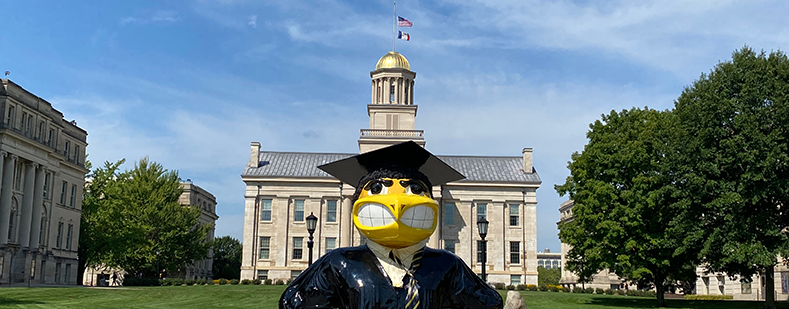
When the dome of the Old Capitol building began showing wear and tear from exposure to the extreme Midwest weather, it was critical that the existing gold leaf be removed and replaced without damaging the copper substrate.
Read more >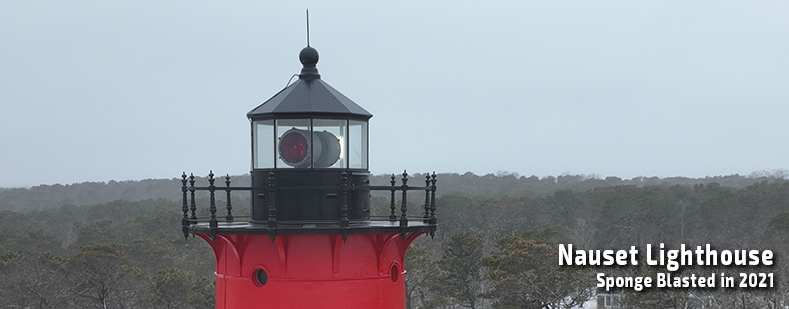
Lighthouses, once critical for safe international shipping and commerce have essentially been replaced with modern navigational tools such as radio beacons and GPS. Many lighthouses remain functional with working lanterns, used as a backup tool for mariners in instances where other navigational systems have failed.
Read more >
